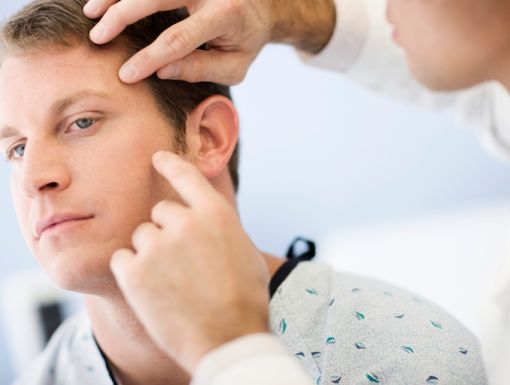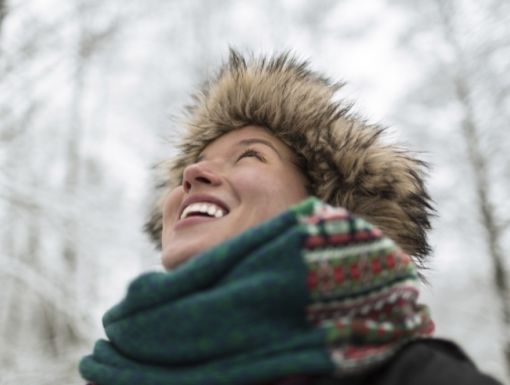
Skin Cancer Checks During the Winter
Winter is here, but cooler temperatures shouldn't make you drop your guard against skin cancer. Even if the sun is less intense during the winter months, rays that cause cancer still emanate. Whether you're walking to your office in January or out for a run in the midday July heat, sun damage can add up.
Skin cancer is the most common cancer in the U.S. and Louisiana has one of the highest cancer mortality rates in the country. Up to 1 in 5 Americans will develop skin cancer throughout their lifetime, and more people are diagnosed with skin cancer each year than all other cancers combined. Skin cancer can affect any area of the body but is more common on sun-exposed locations, such as the face, ears and hands.
Ultraviolet (UV) rays cause sunburns and are fundamental to cancer development. While they're strongest in summer and surrounding months, they exist all year round. According to the American Cancer Society, more than 3 million Americans are diagnosed each year with skin cancer. This makes skin cancer the most common type of cancer in the U.S.
Here are some considerations for winter sun protection:
- Always use a broad-spectrum sunscreen with an SPF (Sun Protection Factor) of 30 or higher.
- Apply sunscreen liberally and evenly to all exposed skin.
- Take extra care to cover often-missed spots such as the lips, ears, around the eyes and on the neck, the underside of chin, scalp and hands.
- No matter what the instructions on your sunscreen say, you should always reapply at least every two hours or immediately after heavy sweating or toweling.
- Always wear a lip balm with an SPF 15 or higher as lips are susceptible to sun damage.
- Remember to keep your head covered, not just to keep you warm but to also protect your scalp from UV damage.
- Sunglasses or goggles that offer at least 99% UV protection and have wraparound or large frames provide the best protection for your eyes, eyelids and the sensitive skin around your eyes. This form of protection is vital as these areas are common sites for skin cancers.
The Skin Cancer Foundation recommends that everyone practice monthly head-to-toe self-examinations of their skin. This ensures that any new or changing lesions that might be cancerous or precancerous are caught quickly. Skin cancers found and removed early are almost always curable.
Learn about the warnings signs of skin cancer and what to look for during self-examination. If you spot anything suspicious, schedule an appointment with a dermatologist.
Editor's note: This article was first published on Jan. 25, 2016.
Early detection can save your life. Learn more about lifesaving cancer screenings at Ochsner.org/cancer-screenings



